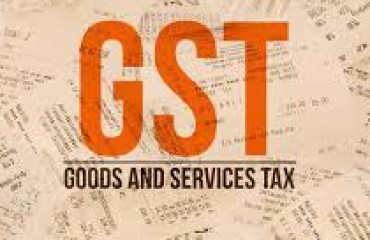State governments are confronting various fiscal risks, particularly heavy debt, says the Reserve Bank of India's latest bulletin. The Centre too recently red-flagged states' high off-budget borrowings and escalating power dues. Mint analyses the implications.

State governments are confronting various fiscal risks, particularly heavy debt, says the Reserve Bank of India’s latest bulletin. The Centre too recently red-flagged states’ high off-budget borrowings and escalating power dues. Mint analyses the implications.
State governments are confronting various fiscal risks, particularly heavy debt, says the Reserve Bank of India's latest bulletin. The Centre too recently red-flagged states' high off-budget borrowings and escalating power dues. Mint analyses the implications.
What's the status of state govt finances?
During 2011-2019, the average gross fiscal deficit to gross domestic product (GFD-GDP) ratio of states was 2.5%, well below the fiscal responsibility cap of 3%. There were inter-state variations — states such as Andhra Pradesh, Kerala, Punjab and Rajasthan had GFD-GSDP ratio of more than 3.5%. The outbreak of the covid pandemic depressed revenues and increased expenditure, worsening fiscal positions. Currently, Punjab, Rajasthan, Kerala, West Bengal, Bihar, Andhra Pradesh, Jharkhand, Madhya Pradesh, Uttar Pradesh and Haryana have the highest debt burden and a GFD-GSDP equal to or higher than 3%.
What are the reasons behind this trend?
Many states did not implement, or poorly implemented much-needed economic reforms, especially in terms of service charges for public utilities such as electricity. Welfare-enhancing schemes are important and the poorest of the poor should be taken care of. However, a rising trend in providing freebies such as free power, water, and gender-based free bus rides in many states have eaten into the expenditure pie. This has resulted in limited fiscal space for the state governments to increase their spending outlay on developmental expenditure and capital investments.
How bad is the state of the power sector?
Rising dues of loss-making power distribution companies pose fiscal risks. Power sector accounts for a large portion of states' financial burden, since dues owed by discoms are written off frequently. In case of a potential bailout of discoms, its size as a share of 2020-21 GSDP for states such as TN, MP and Rajasthan can be as high as 5.2%, 3.9% and 3.7% respectively.
How does a poor fiscal situation matter?
People may be deprived of essential services such as power and water, let alone see any improvements in social infrastructure. While freebies are welfare-enhancing, it is capital expenditure that has a higher multiplier effect than revenue expenditure. Also, in a situation where state governments fail to make payments to power-generating and distribution companies, these companies cannot be expected to purchase critical inputs like coal and ensure uninterrupted power supply.
How can states resolve this situation?
A mechanism could be evolved for collective decision-making on crucial reform measures along the lines of the GST Council. Centre and states working together will generate positive results. Consensus should be evolved on economic reform measures, especially on service charges and power subsidies. A joint council to bring about much-needed reforms can improve the ease of doing business, attract investments, and raise revenue collections. Jagadish Shettigar and Pooja Misra are faculty members at BIMTECH.
